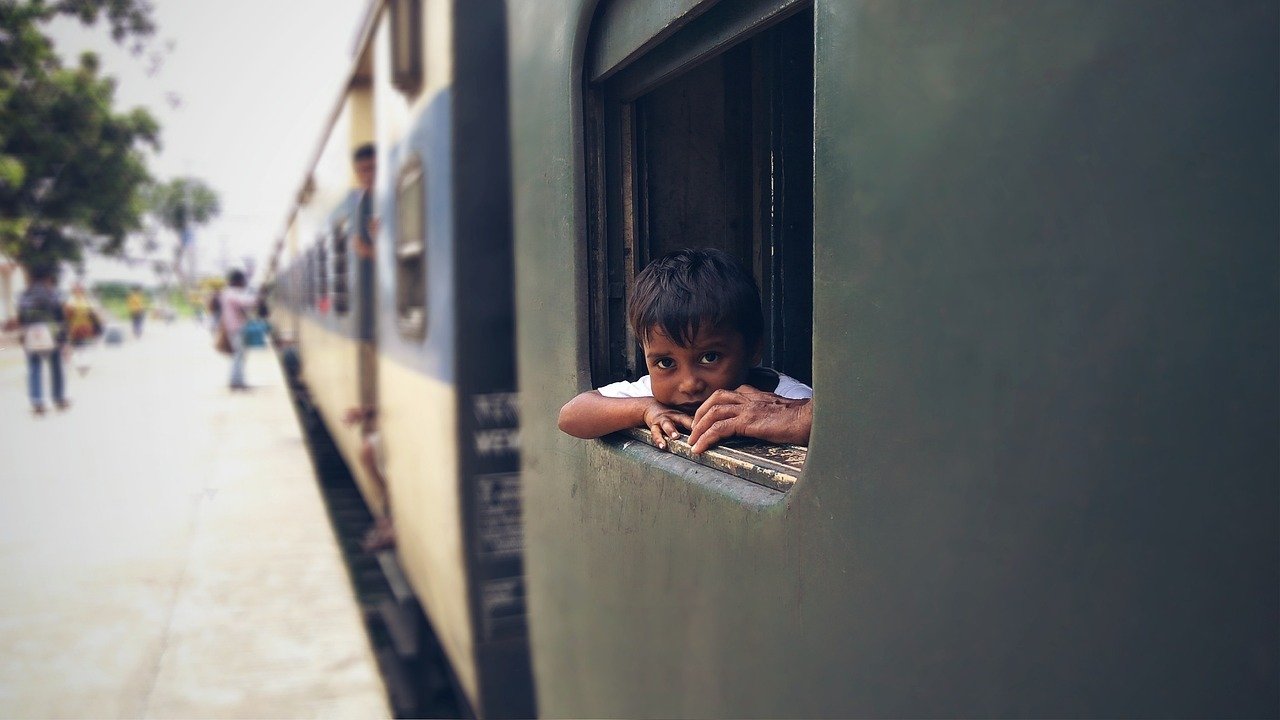Namo Bharat, Narendra Modi on 20 October 2023, Friday going to inaugurate India’s first regional Rapid Train, between Delhi to Meerut. He will inaugurate the priority section of the Delhi-Ghaziabad-Meerut Regional Rapid Transit System (RRTS) corridor on the flag of the “RapidX Train”.
What is the Cost of Delhi-Ghaziabad-Meerut RRTS?
The Delhi-Ghaziabad-Meerut Regional Rapid Transit System (RRTS) is a transformative infrastructure project that has been meticulously developed at a substantial cost exceeding Rs. 30,000 crore.
This ambitious initiative is poised to significantly enhance connectivity and convenience for commuters, bringing the cities of Delhi and Meerut closer than ever before.
One of the standout features of this RRTS corridor is its remarkable efficiency. Once operational, it promises to reduce travel time between Delhi and Meerut to less than an hour, marking a substantial improvement in the accessibility of these two bustling urban centers.
This substantial reduction in travel time is set to be a game-changer for daily commuters, making the prospect of traversing these cities for work, leisure, or any other purpose a far more appealing and time-efficient option.
A significant enhancement to India's transportation infrastructure! The Delhi-Meerut RRTS Corridor will bring a substantial transformation to regional connectivity. https://t.co/WxdtLzrAxE
— Narendra Modi (@narendramodi) October 20, 2023
The RRTS will gracefully weave its way through the urban landscapes of Ghaziabad, Muradnagar, and Modinagar, enhancing regional connectivity and providing residents with a swift and convenient mode of transportation.
The project’s extensive coverage of urban areas signifies a commitment to bridging the gap between city centers and suburban regions, ensuring that a broader populace benefits from this modern transit system.
The significant investment of over Rs. 30,000 crore into this project underscores its importance and the commitment to enhancing the overall quality of transportation in the region.
The infusion of these funds reflects the government’s dedication to improving the daily lives of residents and fostering economic growth.
Key Aspects of Namo Bharat
- The train has a speed potential of 180kmph and an operational speed of 160kmph. There will be a 17km priority section and an 82 km long first corridor.
- RRTS will begin operations on Saturday at its five stations – Sahibabad, Ghaziabad, Guldhar, Dulhai, and Duhai Depot.
- The operational timing of the train is 6 am – 11 pm. At the start, the frequency of the train will be 15 minutes and increase every five minutes.
PM @narendramodi is on board the Regional Rapid Train Namo Bharat with co-passengers who are sharing their experiences, including on how this train service will have a positive impact. pic.twitter.com/pIsZ5vnXcM
— PMO India (@PMOIndia) October 20, 2023
Top 11 Features of Namo Bharat Train
- Each coach of the Namo Bharat trains is equipped with six CCTV cameras, an emergency door-opening mechanism, and a communication button to contact the train operator if needed.
- These regional rail service trains offer various amenities, including overhead luggage racks, Wi-Fi access, and charging outlets for mobile devices and laptops at every seat.
- While a premium coach is staffed with a dedicated train attendant, these attendants can also move between other coaches to assist passengers in case of emergencies.
- Additionally, all RRTS stations feature platform screen doors (PSDs) that are seamlessly integrated with the signaling system.
- Regarding the fare structure for the Sahibabad to Duhai Depot corridor, the Namo Bharat trains consist of six coaches, one of which is a premium coach with its own entry and exit points.
- The minimum fare for the premium coach is Rs 40, while the maximum fare is set at Rs 100. For the five standard coaches in the priority section, the minimum fare is Rs 20, with a maximum fare of Rs 50.
- The fare structure is determined based on the distance or the number of stations covered during the journey.
- In terms of ticketing options, commuters have the choice of a QR code-based one-time ticket or a card-based transit option for all their travels.
- QR code-based paper tickets can be obtained from ticket vending machines (TVMs) or purchased at ticket counters. These TVMs are equipped with UPI (Unified Payments Interface) support, providing a convenient and modern payment method.
- The Namo Bharat trains on the RRTS network are designed to achieve an impressive average speed of 100 mph, surpassing the speeds of both metro trains and passenger trains operated by the Indian Railways.
- Notably, these train sets have been manufactured by Alstom in Gujarat, showcasing the nation’s prowess in rail infrastructure development.
